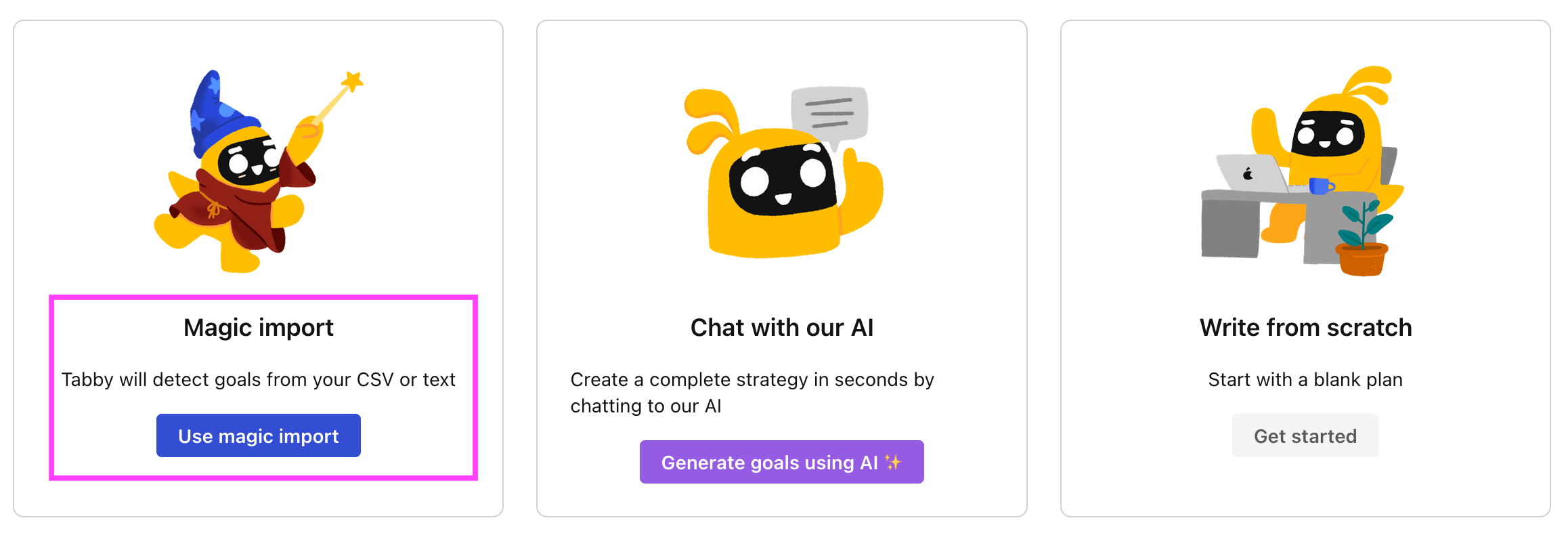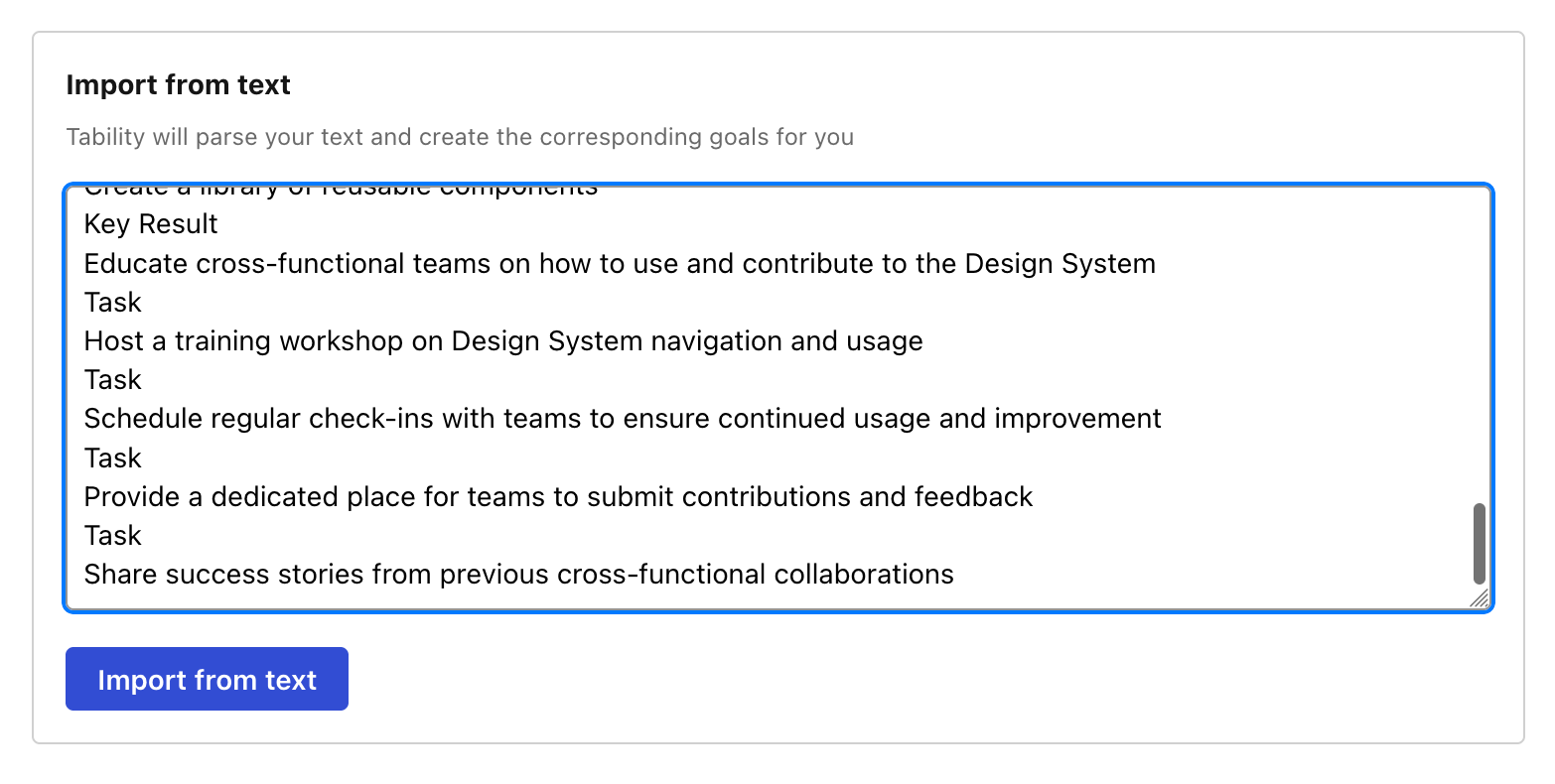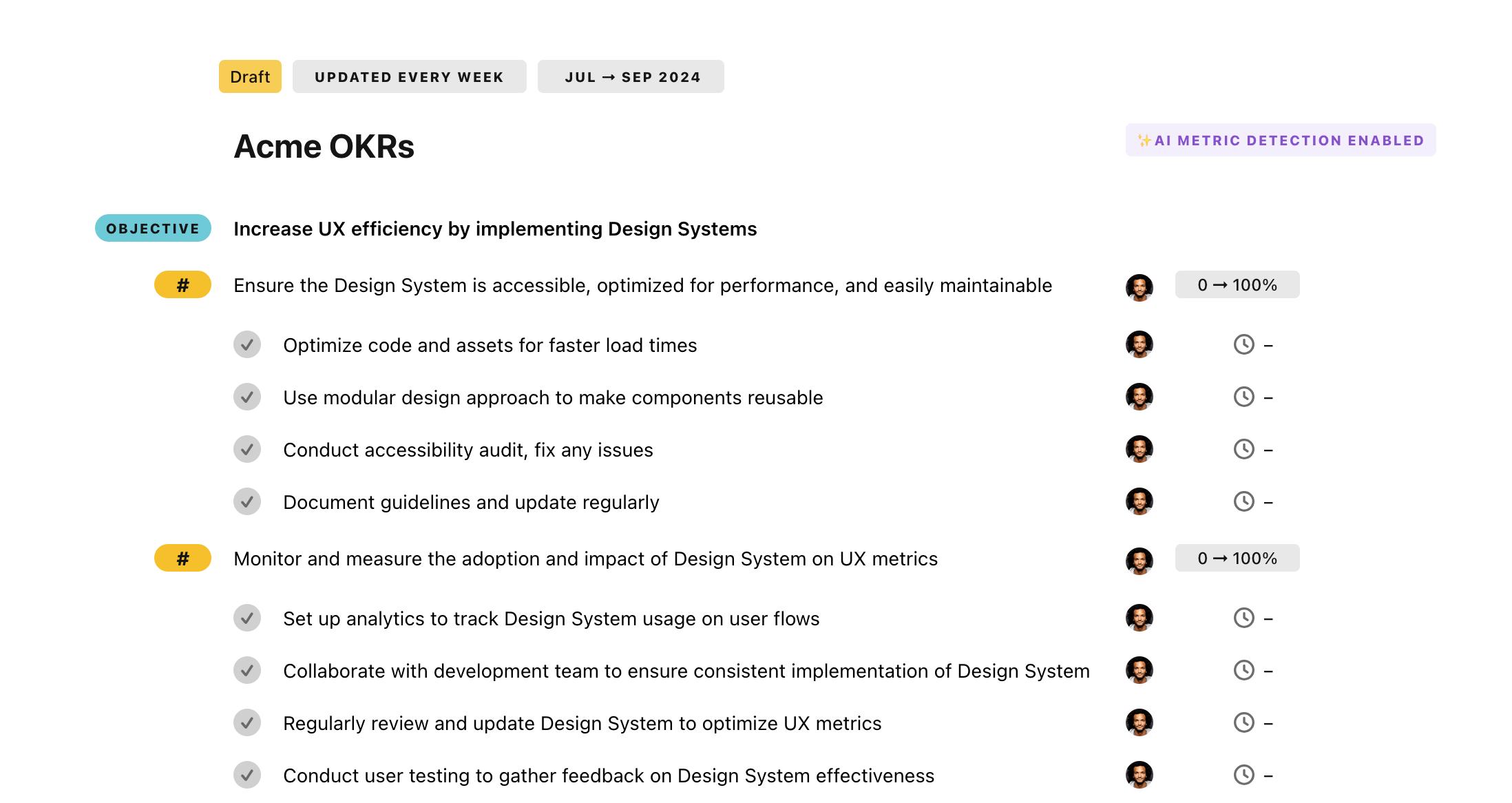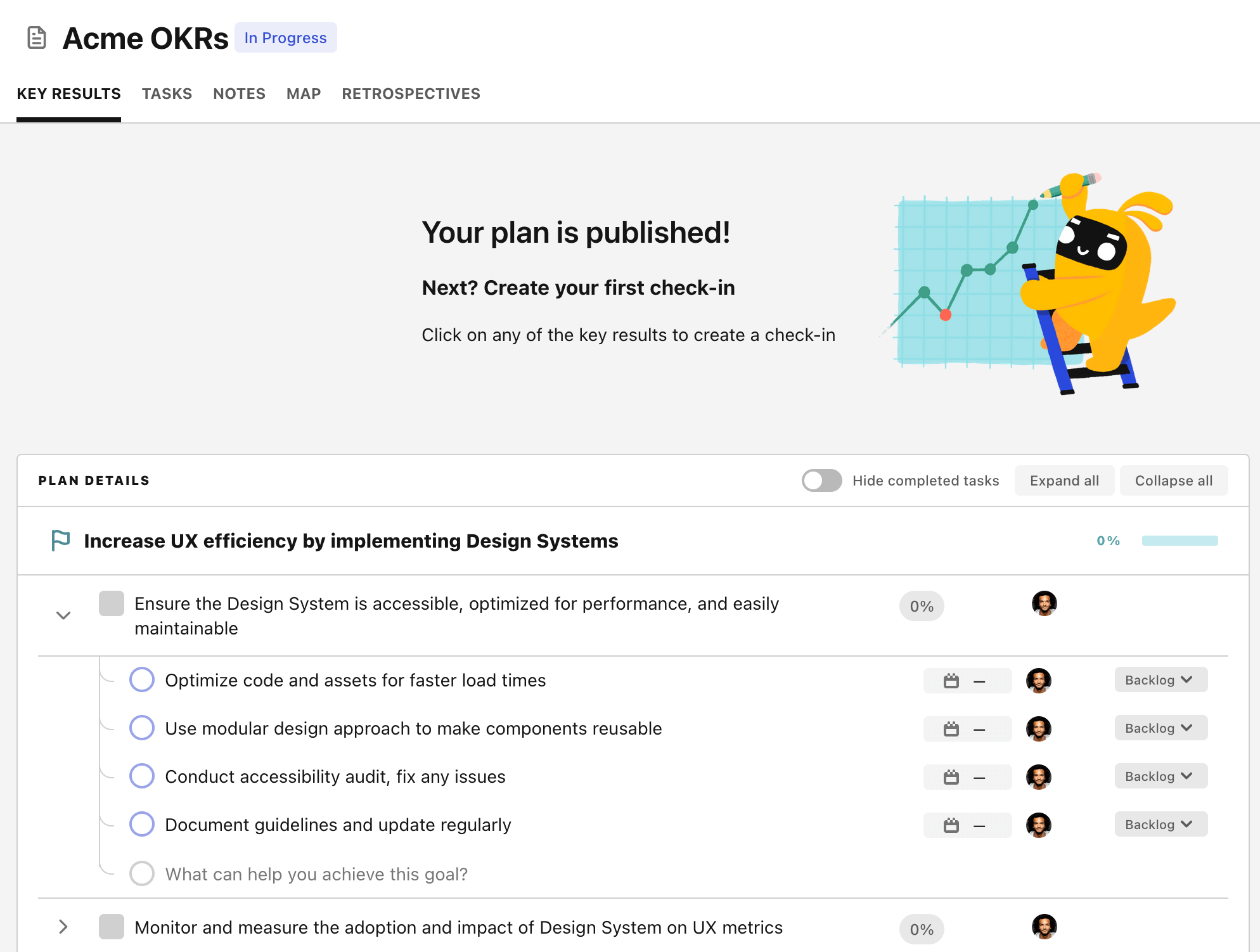OKR template to effectively manage turnover to enhance organizational stability
Your OKR template
Another focus area is the implementation of two innovative retention strategies with an 85% participation rate. No specific strategies are outlined in the OKR, leaving room for the organization to develop and adjust these according to their needs and preferences.
Moreover, a crucial outcome is decreasing the turnover rate by 15% through various employee engagement initiatives. This includes introduction of a mentorship program, a recognition and rewards system as well as regular team building events.
Overall, this OKR takes proactive steps to retain staff through enhanced employee satisfaction, motivation, and engagement. It focuses on boosting positive sentiment and loyalty within the workforce to foster greater business stability.
ObjectiveEffectively manage turnover to enhance organizational stability
KRAchieve 90% positive feedback on exit interviews by improving work environment
Introduce incentives to recognize and reward employee performance
Implement regular staff satisfaction surveys for continuous improvement
Enhance office aesthetics for a more comfortable workspace
KRImplement two innovative retention strategies with 85% employee participation rate
KRDecrease turnover rate by 15% through employee engagement initiatives
Develop a robust employee mentorship program immediately
Implement regular employee recognition and rewards system
Conduct frequent team-building events and exercises
How to edit and track OKRs with Tability
You'll probably want to edit the examples in this post, and Tability is the perfect tool for it.
Tability is an AI-powered platform that helps teams set better goals, monitor execution, and get help to achieve their objectives faster.
With Tability you can:
- Use AI to draft a complete set of OKRs in seconds
- Connect your OKRs and team goals to your project
- Automate reporting with integrations and built-in dashboard
Instead of having to copy the content of the OKR examples in a doc or spreadsheet, you can use Tability’s magic importer to start using any of the examples in this page.
The import process can be done in seconds, allowing you to edit OKRs directly in a platform that knows how to manage and track goals.
Step 1. Sign up for a free Tability account
Go tohttps://tability.app/signup and create your account (it's free!)
Step 2. Create a plan
Follow the steps after your onboarding to create your first plan, you should get to a page that looks like the picture below.

Step 3. Use the magic importer
Click on Use magic import to open up the Magic Import modal.
Now, go back to the OKR examples, and click on Copy on the example that you’d like to use.

Paste the content in the text import section. Don’t worry about the formatting, Tability’s AI will be able to parse it!

Now, just click on Import from text and let the magic happen.

Once your example is in the plan editor, you will be able to:
- Edit the objectives, key results, and tasks
- Click on the target 0 → 100% to set better target
- Use the tips and the AI to refine your goals
Step 4. Publish your plan
Once you’re done editing, you can publish your plan to switch to the goal-tracking mode.

From there you will have access to all the features that will help you and your team save hours with OKR reporting.
- 10+ built-in dashboards to visualise progress on your goals
- Weekly reminders, data connectors, and smart notifications
- 9 views to map OKRs to strategic projects
- Strategy map to align teams at scale